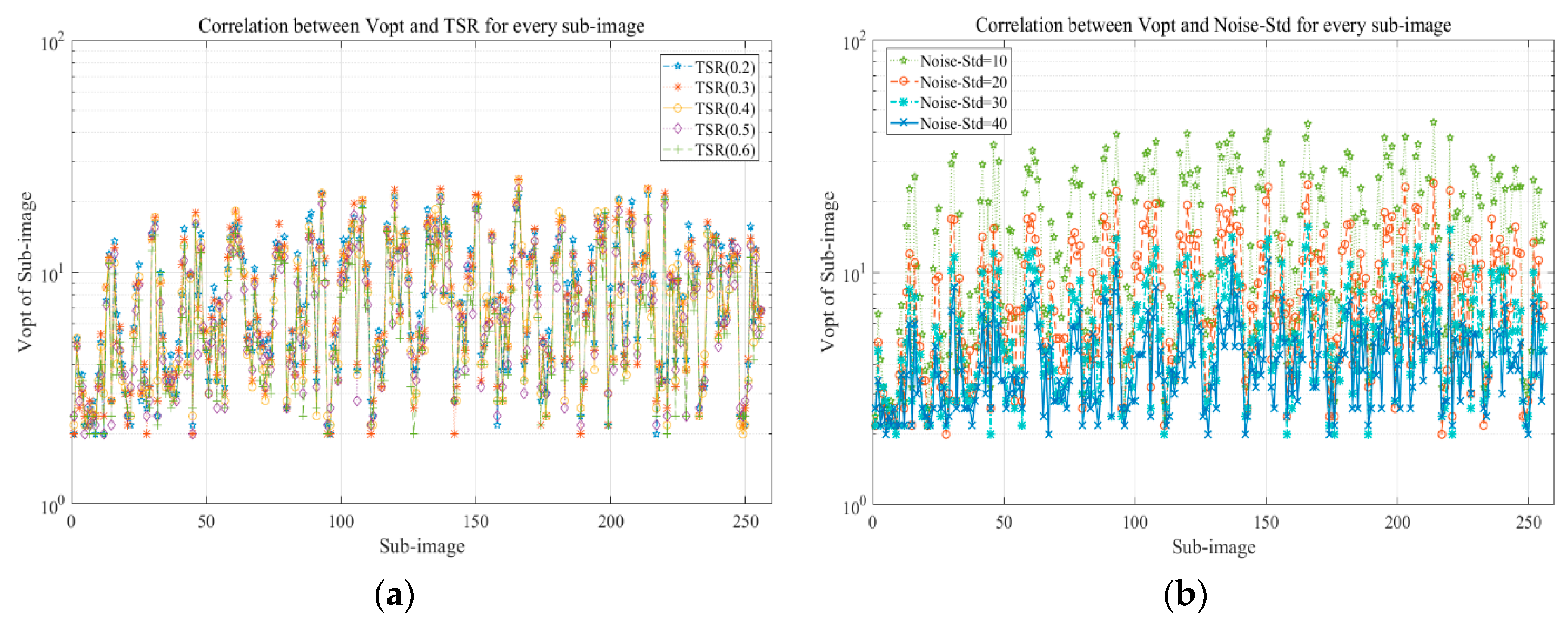
The basics preliminaries, fractional model, and execution approach are expansively addressed. Fourier and Fick's law is also considered in the thermal profile and concentration field solution. The semi-analytical solution of transformed governed partial differen-tial equations is attained with the help of a recent and more efficient fractional definition known as Prabhakar, like a thermal fractional derivative. The Newtonian heating effect, slip effect on the boundary wall, and constant mass diffusion con-ditions are also considered. This article examines a natural convection viscous unsteady fluid flowing on an oscillating plate. Furthermore, with time both (temperature and velocity fields)decreasing away from the plate and asymptotically increases along y-direction, which also satisfies the corresponding conditions. As a result, we have concluded that the temperature and velocity profiles decrease with the enhancement of fractional parameters. The effects and behavior of significant physical and fractional parameters are analyzed graphically and numerically.

The non-dimensional leading equations are transformed into the fractional model and then solved with the help of the Laplace transformation scheme. On this end, the solution approach is followed with the efficient mathematical fractional technique namely Prabhakar fractional derivative. The traditional PDEs cannot analyze and examine the physical behavior of flow parameters with memory effects.

The model is formulated in terms of partial differential equations (PDE’s). The oscillating plate with periodically variation has induced the flow. In this analysis, an unsteady and incompressible flow of magnetized fluid in presence of heat transfer has been presented with fractional simulations.


 0 kommentar(er)
0 kommentar(er)
